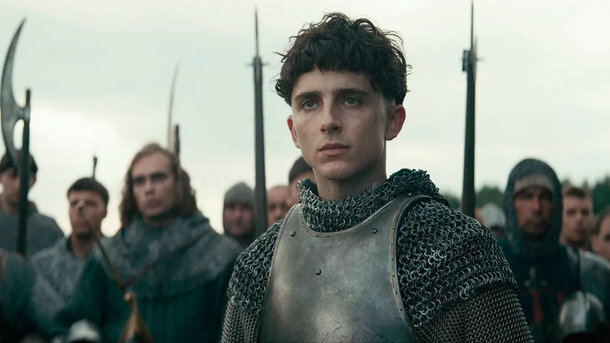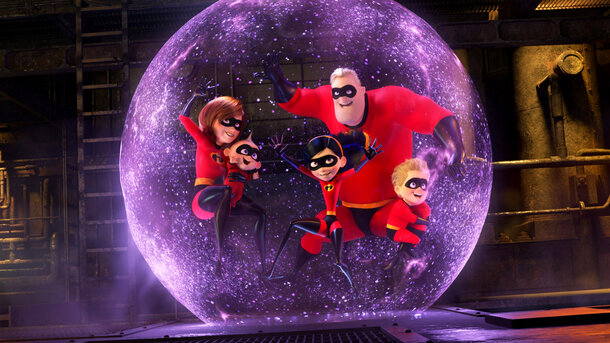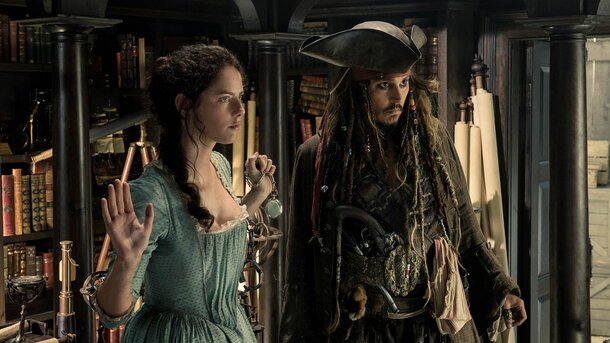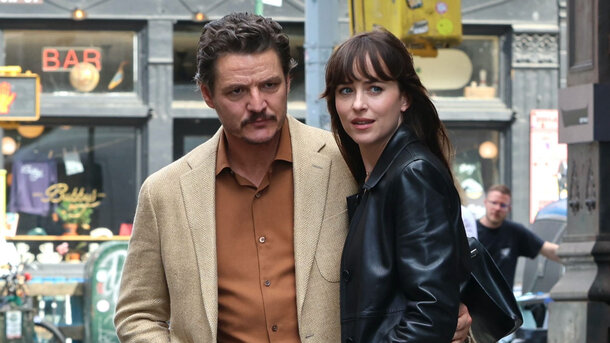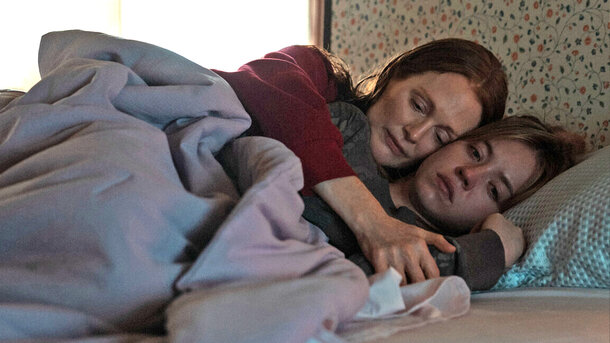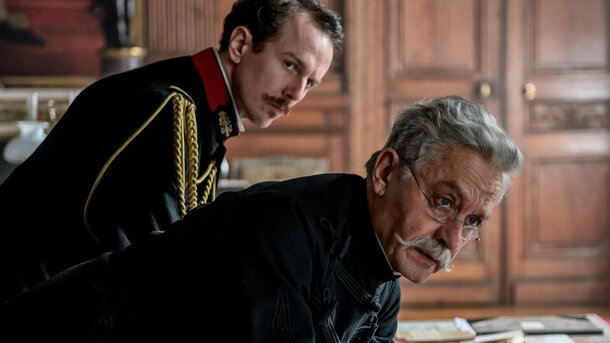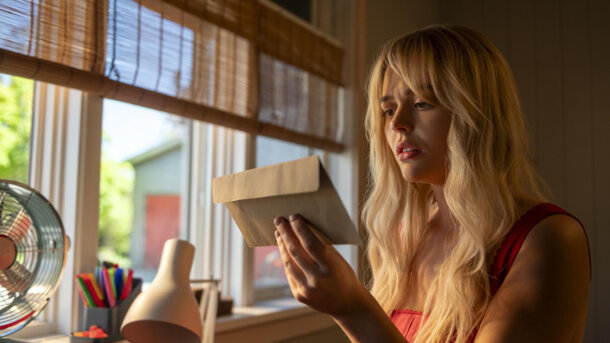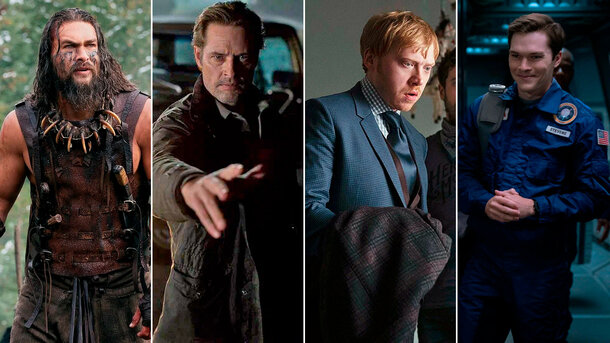Filmmakers rarely concern themselves with historical accuracy and authenticity. Their main goal is to tell an engaging and captivating story, not to satisfy specialists in a particular era. These myths about the Middle Ages keep migrating from one film to another.
The Beautiful Rapunzel
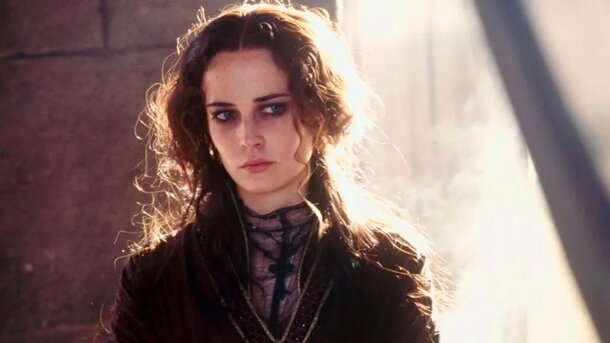
The famous Brothers Grimm fairy tale has become so ingrained in people's hearts that now every woman from the past is portrayed with long, flowing locks. However, according to medieval standards, loose hair was not acceptable.
A girl with unbound hair would have been considered dishonorable and immoral. Chastity was carefully observed in the Middle Ages, and young women made an effort to behave modestly and adhere to unwritten rules, keeping their hair under a head covering or neatly braided.
Knights on Horseback
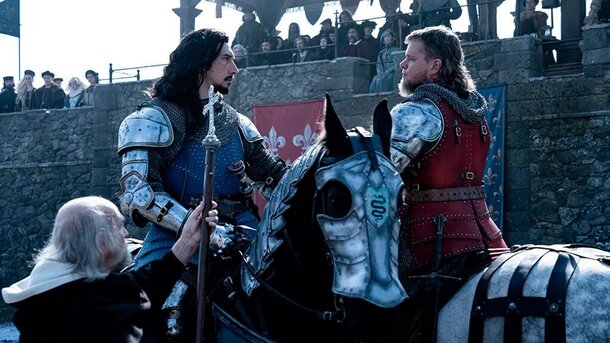
If a movie features a warrior, it’s almost always on horseback — preferably a white one. Without their hoofed companion, knights on screen don’t appear as bold or imposing.
Yes, a horse was indeed important for a knight. Large breeds were used, as a fully armored warrior could sometimes weigh up to 200 kilograms.
However, when battles broke out, many skilled and agile riders preferred to dismount to avoid becoming an easy target for the enemy.
No Hygiene
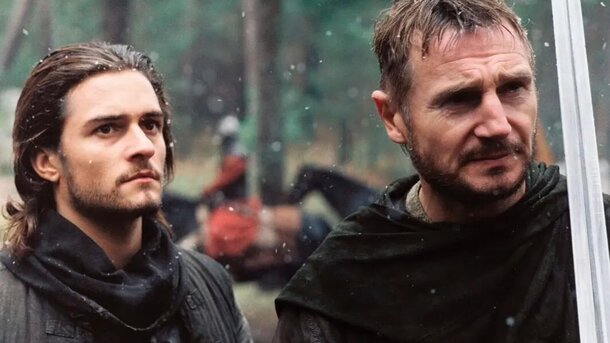
Contrary to popular belief, people in the Middle Ages did bathe. Yes, the state of city streets, filled with trash and filth, left much to be desired. However, hygiene still played a role in the lives of medieval people.
Peasants would bathe in natural bodies of water to wash off dirt after a hard day’s work. Wealthier individuals could even afford private baths. Moreover, people visited bathhouses and public baths.
